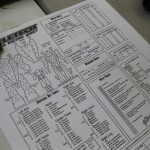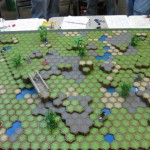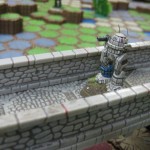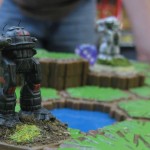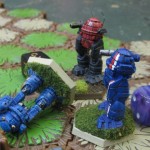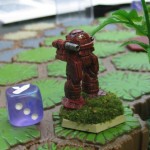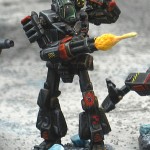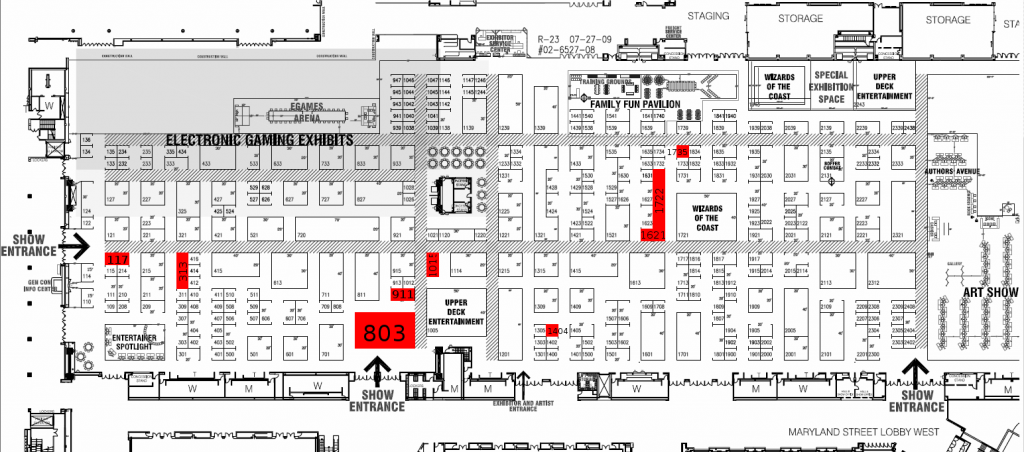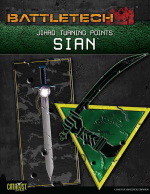Fair Dice
When playing BattleTech I’ve always had an issue with the “lucky” dice people would play with. Heck even I do it and I felt guilty when I got 2 headshots in a row (he edged the first roll) on Brian in a GenCon Solaris match, so I included one of the dice I like and one I hate as test dice in a little experiment to determine if lucky dice are just something in our heads or if there is some truth to the matter. The idea for this experiment was from the Giant Battling Robots‘ post.
Hypothesis:
The material removed from dice to create the pips makes the dice slightly weighted. The 6 side should occur more often because it has more material removed then any other side (making the 6 the lightest side), especially since it is opposite the 1 side that has the least material removed (and thus the heaviest side). Dropping a die in water will amplify the weighted effects on a die by slowing its decent and allowing the die to right itself so the lightest side is up and heaviest side is down. Smaller dice would be affected more by the same amount of material removal, but for this test I’m only concerned with standard 16mm 6-sided dice.
Test methods:
Hard Level Smooth Surface – A desk. I didn’t count any rolls that went off the desk or hit boundary objects (piles of paper). Dropped from 4″-5″ the die bounces and turns a whole bunch and even more so when dropped at an odd angle or on one of its corners.
 Tupperware & Vase – Fail. These were my first attempts at water tests to enhance weightedness. For the tupperware, I found that it mostly mattered on what position I held the die in when I dropped it. If I dropped it from above the water surface, it would impact the water and sink the couple inches very quickly allowing very little time for the die to right itself so the lighter side was up. If I held it at the surface and dropped it, it would still land similar to how I dropped it, so I tried testing them by dropping them on a corner. This gives each of the upper sides about a 1 in 3 chance. The weighted die always landed on 6 (it was one of the upper sides when held) while the others were pretty inconsistent. But, I think that for a fair die, this would mostly be a test of how that particular corner was rounded so this test wouldn’t show me if or how much a die is weighted. The vase was simply impractical because it made such a mess and was very slow scooping the wet die out with a big spoon for every roll. I also couldn’t keep my laptop nearby to enter data.
Tupperware & Vase – Fail. These were my first attempts at water tests to enhance weightedness. For the tupperware, I found that it mostly mattered on what position I held the die in when I dropped it. If I dropped it from above the water surface, it would impact the water and sink the couple inches very quickly allowing very little time for the die to right itself so the lighter side was up. If I held it at the surface and dropped it, it would still land similar to how I dropped it, so I tried testing them by dropping them on a corner. This gives each of the upper sides about a 1 in 3 chance. The weighted die always landed on 6 (it was one of the upper sides when held) while the others were pretty inconsistent. But, I think that for a fair die, this would mostly be a test of how that particular corner was rounded so this test wouldn’t show me if or how much a die is weighted. The vase was simply impractical because it made such a mess and was very slow scooping the wet die out with a big spoon for every roll. I also couldn’t keep my laptop nearby to enter data.
 Water Tube – An older 2lb package of foam coat Smooth Interior Finish from HotWireFoamFactory came in a tube with soft plastic ends that seal quite well. I put a die in it, filled it with water and flipped it on end. Every 100 to 200 rolls, I would flick the sides and die to remove any micro air bubbles that may have gathered (usually because it sat still for a while while the commercials weren’t playing). This test method amplifies the weightedness of a die because the water slows the die as it falls allowing more time for the die to right itself so the heaviest side is down.
Water Tube – An older 2lb package of foam coat Smooth Interior Finish from HotWireFoamFactory came in a tube with soft plastic ends that seal quite well. I put a die in it, filled it with water and flipped it on end. Every 100 to 200 rolls, I would flick the sides and die to remove any micro air bubbles that may have gathered (usually because it sat still for a while while the commercials weren’t playing). This test method amplifies the weightedness of a die because the water slows the die as it falls allowing more time for the die to right itself so the heaviest side is down.
Control: A Weighted Die
This die is actually a tire valve cap I found in the road. You can see how it is weighted in that it has a female screw thread instead of a 1 side. I rolled this die 800 times on the desk and then 200 times in the water tube. You can see the four groups of 200 rolls on the desk, their total, and the total from the water tube. I only rolled 200 in the water tube because it was quickly discernible how weighted it is.
As you can see the weighted die… is weighted. However, even on the desk it wasn’t completely reliable. Excluding the “bad” batch, the weighted die consistently rolled 6 about 5% more then it should have, which is pretty significant since it only should have occurred 17%, for an increase of 30% from normal! The water tube test successfully amplified how weighted the die was and made the 6 occur a whopping 80% of the time. During the “bad’ batch, I kinda slacked off dropping the die from only 2″-3” and on a flat side not giving the die much chance to right itself.
Test Dice:
These dice are from various games or places that I’ve collected over the years. The last couple are brand new. All the dice registered at 5 grams on the mail scale, including the Tire Valve Cap. Measured 10 at a time on a scale at home (+/-1g), the Chessex dice are 5.4g each. Using the water tube, the test dice were rolled 200 times in 5 groups and then their groups totaled for each die. Numbered dice were not used as the difference in the amount of material removed from opposing sides is not as great as pipped dice.
White w/black pips and roundish corners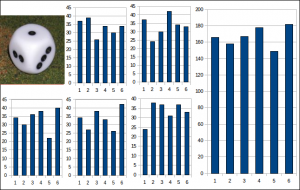 |
Black w/White pips and roundish corners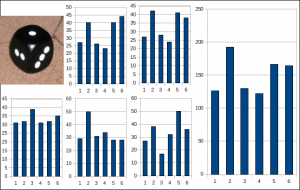 |
Translucent Red w/White pips and sharpish corners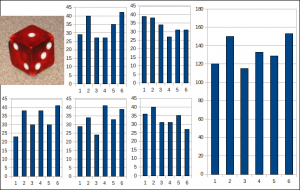 |
Yellow w/orange speckles and green pips from Chessex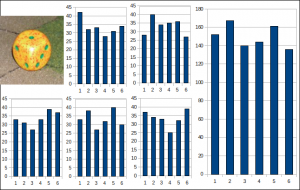 |
Giant Battling Robots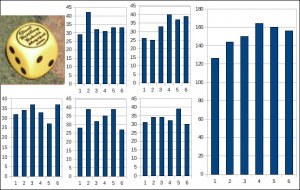
|
|
Conclusion:
From the Desk test of the weighted die, we can see that it is fairly reliably weighted so that the 6 will occur about 22%, 5% more often then it should have at only 17% (i.e. a cheat die that wouldn’t be too obvious). When tested using the water tube, it becomes tremendously obvious that the die is weighted because the 6 occurs 80% of the time, showing an increase of over 60% above normal.
When using the water tube to test the other dice, none of them showed any side to be significantly weighted nor did any of them show even a fairly reliable consistency of how they landed.
Therefore all of the dice tested, which represent various standard dice, effectively have no weighted side and all the tested dice should be considered Fair Dice. My hypothesis is false (but I still favor my “lucky dice”). The only thing I can’t explain is that the 1 occurred just as much as 2, 3, 4, or 5 on the weighted die when rolled on the desk instead of occurring about 5% less.
Recommendation:
Any standard dice should be allowed. The only exception I have to this rule is using a die in a public game that has a side that is not readily obvious what it is. Specifically dice that have a logo instead of a number for the 1 or 6 (which were not allowed to be used at GenCon ’09 in the Solaris matches, though I don’t know the reasons they had). Not because of fairness, but for good gaming etiquette. The reason for this is that it slows a game down when you have to check if it was a 1 or 6 or when an opponent asks to check, it can frustrate other players, and I’ve seen the dice owners forget and mistake which number it represented.
Posted under Articles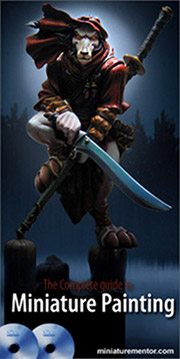





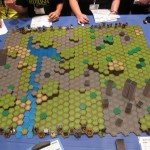
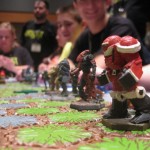
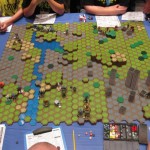
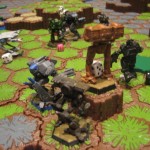
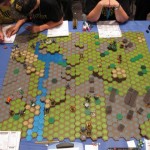
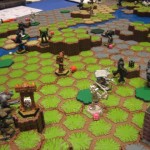
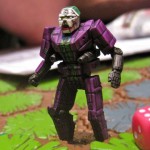
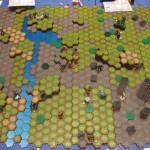
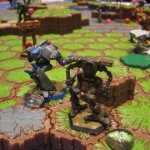
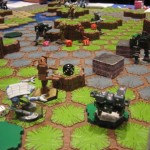

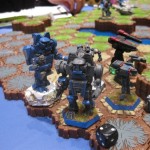
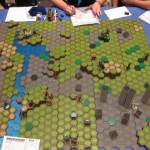
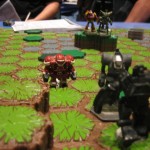
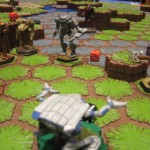
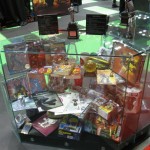
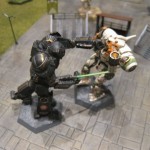
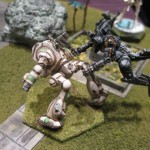
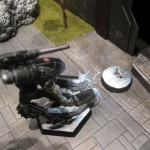
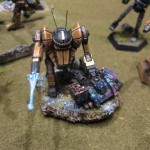
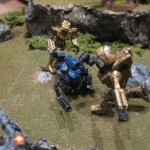
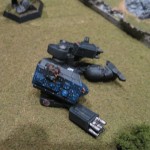
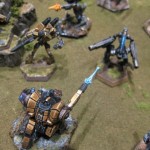
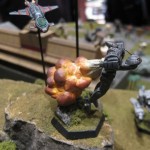
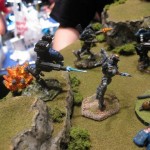
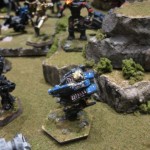
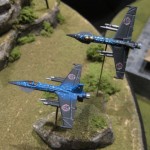
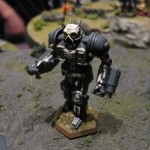
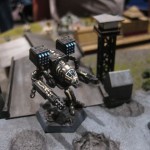
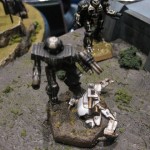
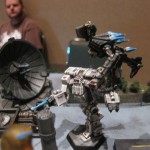
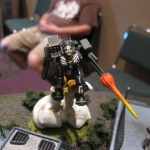
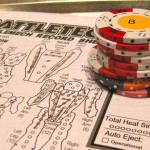
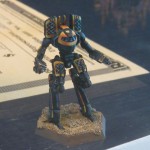
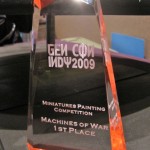
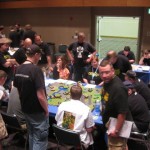
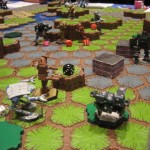
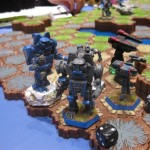
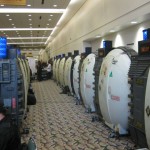
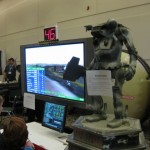


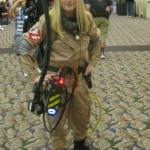
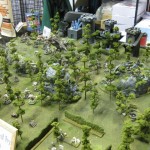
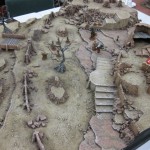
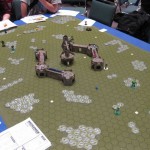
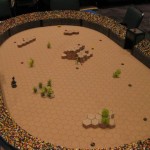
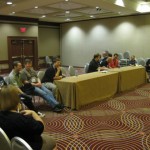
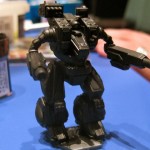
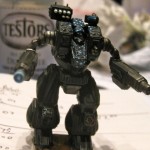
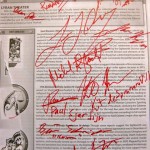
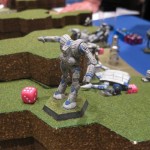
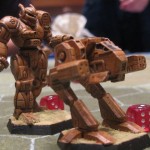
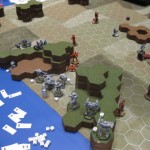
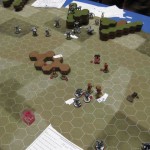
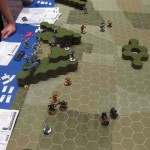
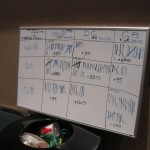
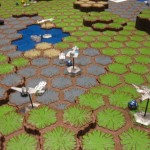
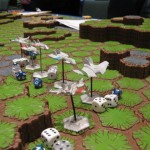
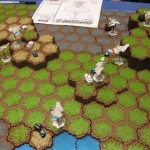
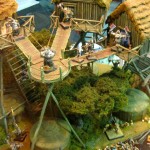
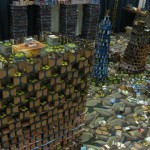
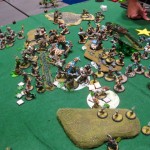
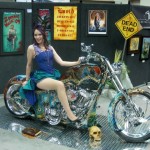



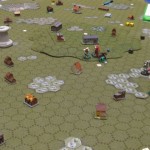
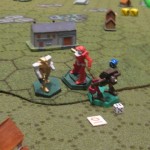
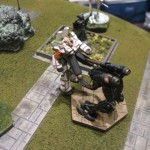
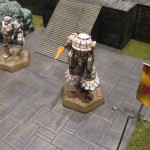
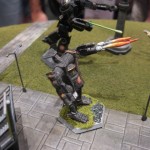
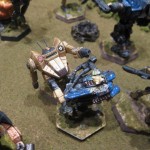
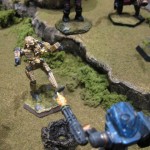
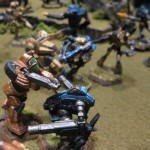
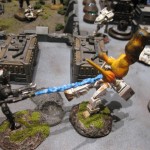
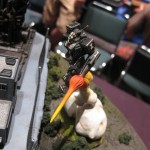
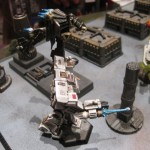
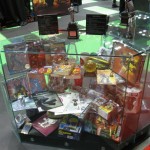



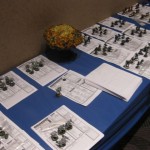
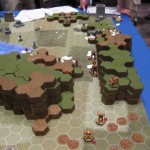
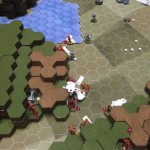
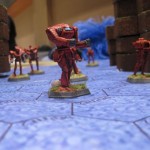
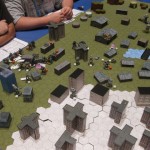
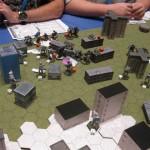
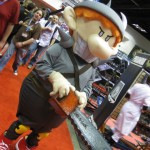

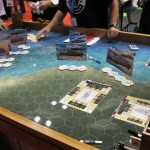
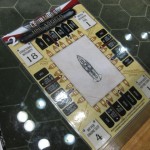
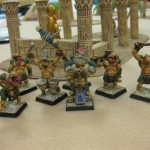
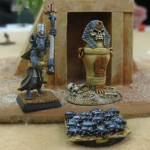
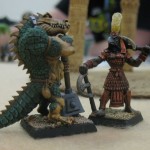




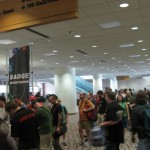 We are here in Indy for GenCon 2009. We are excited as ever to get in some great games and have a glance at what Catalyst has to offer the many BattleTech denizens in attendance.
We are here in Indy for GenCon 2009. We are excited as ever to get in some great games and have a glance at what Catalyst has to offer the many BattleTech denizens in attendance.
